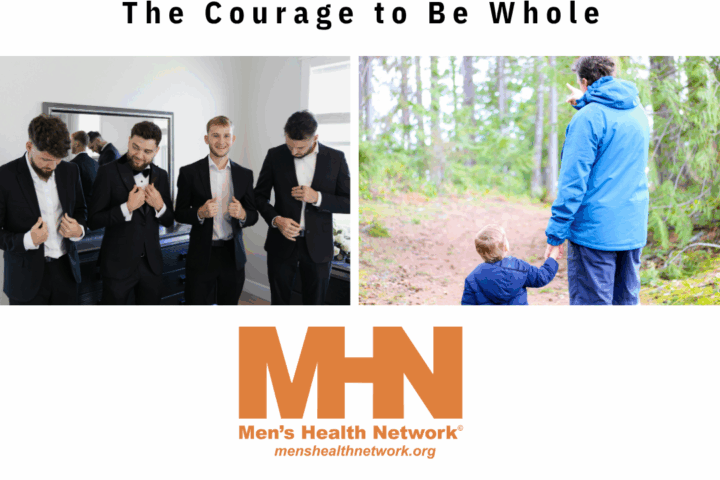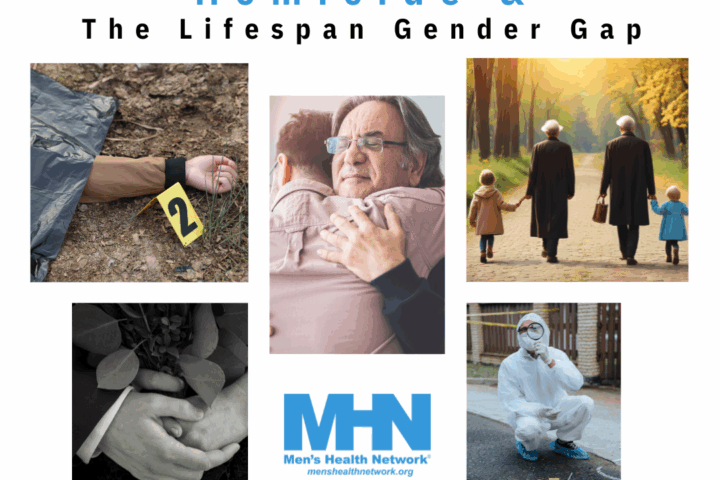We all have numbers that are important to us. Our anniversary date, the number of friends and family we will invite to our daughter’s wedding, maybe even the number of calories per day we’re going to try and maintain through our next (and this time it’s going to work) diet. But there are six numbers that I believe will be even more important for you to know if you’re going to survive long enough to enjoy a golden anniversary, your daughter’s wedding, or the new bathing suit you plan to wear at the beach once you take off those extra pounds. Are you ready?
Number, #1: The number of people in the world today.
Number, #2: The median age of the population.
Number, #3: The number of people living in towns and cities.
Number, #4: The number of people getting their energy from renewable resources.
Number, #5: The number of people who will lose their jobs.
Number, #6: The number of people who are depressed and losing hope.
Let’s take a look at these numbers and what they mean in our lives.
#1: According to a report by the BBC Future, based on United Nations and CIA figures, the present world population (2017) is 7.5 billion. Difficult to get our head around a number that big. But we feel it in our lives every day when we compare the past to the present.
I remember being ten-years-old and enjoying the orchard groves that went on forever which I could see from my window at our home in the Los Angeles suburb of Sherman Oaks in the San Fernando Valley. The air was clean and it felt like there was plenty of space. According to the World Population Survey there were 2.6 billion people in 1953 (if you want to see the population at various times in your life, check it out here.
So, we’ve added 4.9 billion more people to this finite planet we call Earth since I roamed free as a ten-year-old. And like me, they all want to eat, have a job, and most would like to get around in a multi-horse-powered automobile rather than ride a donkey. There’s only so much space, so many resources, so much soil, water, and clean air and we don’t seem to be doing a very good job taking care of what we have.
You don’t have to look too far in the past to notice the change. In the last year, we added 80 millionmore people. That’s like adding all the people presently living in Germany. Do you feel the pressure? I feel my stress levels going up, just writing about it.
Plus, people have a tendency to move away from home when their local living conditions don’t allow them to support their families. More than 65.3 million people are currently refugees or are displaced in their own countries according to the United Nations – the highest figure since records began before the Second World War. If these people all lived in a country it would be 21st biggest country in the world with a population larger than the UK.
We’ll never be able to build a wall high enough and strong enough to keep desperate people out. A more workable solution would be to help people live sustainably in their own country.
#2: The average age of everyone alive today is 30 years. If this doesn’t seem all that old, remember that through most of human history, most people didn’t live much past 30. As recently as 1950, the median age of the world’s population was 24 years, but by the end of the century it will be 42 years.
The fastest growing group of people are those over 80. We’re living longer and having fewer children. This is impacting everything from social security (which is based on a large number of younger people paying in so that those of us who have achieved a ripe old retirement age can collect payments) to the world-wide increase in the sale of adult diapers.
In 1950, many people across the globe could not expect to make it to their 50th birthday. Today, average global life expectancy is nearly 72 years and by 2100 it is projected to increase to over 83 years.
My worst fear isn’t dying. It’s living a long life, unable to do the things I want to do or to take care of myself. That’s why my wife, Carlin, and I exercise every day. She likes water aerobics and Qigong. I go for Zumba and take long walks. We both work out at the local gym. We also eat well and do our morning exercises so we can stay healthy through the years. We can’t count on the youngsters to take care of us.
We’d better take care of ourselves or prepare for a long, lonely, debilitating, old age. No, thanks, not for me. I’d rather be rich and healthy than sick and poor. Anyone want to go for a walk with me on Saturday?
#3. By 2050, 6.3 billion people will live urban cities.
Most people used to live in rural areas and grew their own food. Now most of us live in the cities and get our food from somewhere else. By 2030, there will be 41 megacities with more than 10 million people and by 2050, 66% of us will live in cities.
Carlin and I moved out of the city 25 years ago and enjoy living in beautiful Willits. But there are challenges. It’s more difficult to find work (fortunately I make most of my living counseling people on-line, writing books, and publishing articles), and small communities have a difficult time having a large enough tax base to provide needed services. The upside is that it forces us to rely more on our neighbors.
Wherever people put down their roots, there will be more and more pressure to work together to solve local problems.
#4. Most of the world’s population will have to power their lives with renewable resources.
Today the vast majority of the energy humanity consumes – 86% – comes from fossil fuels. That must, and will, change. Not only are we overheating our planet and destroying our life-support system, but we’re running out of cheap energy. Renewable energy sources account for around 10%of the total, but that share is growing fast.
#5. More and more people will lose their jobs.
Almost half of US jobs could soon be done by a robot or computer, according to Oxford University researchers. But some jobs are much more likely to be automated than others. Here are the jobs most at risk and their percentages:
Telemarketer (thank God) 99%
Accountant 96%
Taxi driver 89%
Bartender 77%
Maid 69%
Computer programmer 48%
Judge 40%
What are the jobs most likely to be around in the future? Counselors, mediators, lawyers, graphic designers—all jobs that require creativity, empathy, and manual dexterity. I suspect it will be awhile before a machine is as good a therapist as I am, but you never know.
And when men lose their jobs and tend to get more depressed and angry. Domestic violence and wars both increase when more men are out of work.
#6: More than 300 million people, world-wide, suffer from depression.
According to the World Health Organization, depression is the leading cause of disability worldwide, and is a major contributor to the overall global burden of disease. Depression often increases with age. It’s the major risk factor for suicide, which is on the increase throughout the world. But we have to change our understanding of depression if we’re going to combat it.
Again, the gender issues are not the same. As comedian Elayne Boosler reminds us, “When women are depressed, they eat or go shopping. Men invade another country. It’s a whole different way of thinking.”
After working with depressed people for more than 40 years, it’s clear to me that the medical model, that focuses almost exclusively on changes in brain chemistry and prescribing medications, is inadequate.
It doesn’t take a brain scientist to help us understand that depression doesn’t simply reside in the brain. It is an indicator of people’s reaction to the situation we’re living in today. Real depression treatment will take into account the impact of too many people, who are aging rapidly, that mostly live in cities, and who must deal with our addiction to fossil fuels and the fact that more and more of us are out of work and on the move.
But we needn’t lose hope. The good news is that there are millions of organizations and individuals who are addressing these issues. MenAlive is one of them. I look forward to your comments and questions.
This article first appeared on Jed’s blog.




